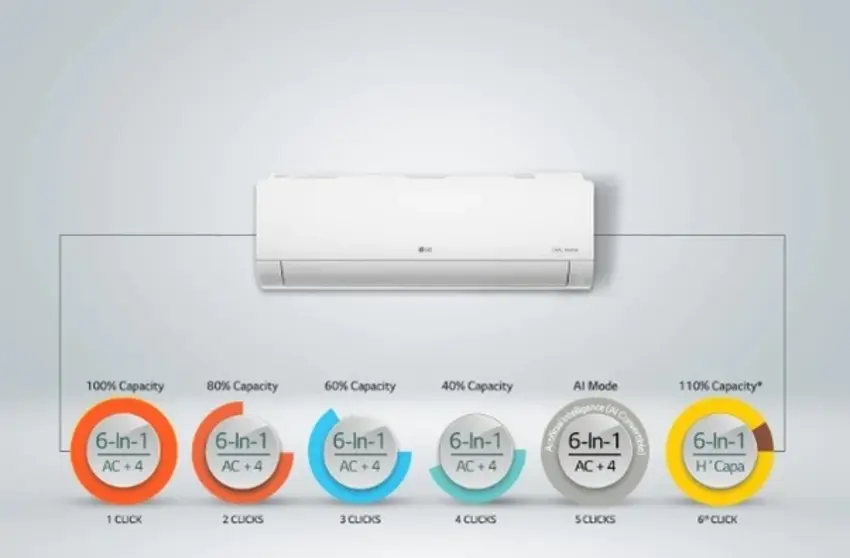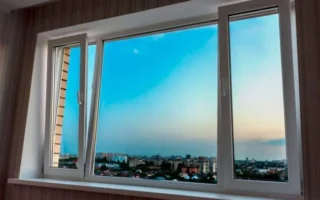Using a window AC unit can provide effective cooling without breaking the bank. Understanding how much energy these units consume is crucial for managing your electricity bill. The average window air conditioner uses between 500 and 1,500 watts per hour, depending on its size and efficiency rating.
To maximize your unit’s performance while minimizing costs, consider upgrading to an Energy Star-rated model. Regular maintenance, such as cleaning or replacing filters, can also significantly improve efficiency. Additionally, using fans in conjunction with your AC can help circulate cool air more effectively throughout the room.
Using programmable timers and smart thermostats will allow you to run your unit only when necessary. Keeping windows and doors sealed tight when it’s operating ensures that cold air doesn’t escape unnecessarily.
These factors will not only keep you comfortable but can also lead to substantial savings over time. Embracing smart practices while using a window AC unit transforms it into an efficient ally against summer heat.
The Energy Efficiency of Window AC Units

Compared to central air systems, window AC units are often praised for their energy efficiency. They cool specific spaces rather than an entire house, which can lead to lower electricity bills.
The seasonal energy efficiency ratio (SEER) is a key metric. A higher SEER rating means better efficiency. Many modern window AC units boast impressive ratings, making them a smart choice for budget-conscious consumers.
When shopping around, look for Energy Star labels. These models meet strict guidelines set by the EPA and can save significant energy costs throughout the season.
Proper installation also plays a crucial role in performance. An improperly sealed unit allows cold air to escape and warm air to enter, wasting energy and reducing comfort levels in your home.
Regular maintenance is equally important. Cleaning or replacing filters frequently ensures optimal airflow and system function, enhancing overall efficiency while extending the lifespan of your unit.
Factors that Affect the Energy Usage of Window AC Units
Several factors influence how much energy a window AC unit consumes. One significant element is the size of the unit itself. An air conditioner that’s too small will need to be bigger to cool a room, while one that’s overly large may cycle on and off frequently, wasting energy.
The insulation quality of your home also plays a critical role. Poorly insulated spaces let cooled air escape, forcing the unit to work harder than necessary.
Outdoor temperature also affects performance. Extremely high temperatures mean increased demand on your AC unit, leading to higher energy usage.
Other aspects include maintenance practices and filter cleanliness. Clogged filters can restrict airflow and reduce efficiency significantly.
Thermostat settings impact consumption levels. Keeping your thermostat at moderate temperatures helps balance comfort with operational costs effectively.
Calculating the Average Energy Consumption of a Window AC Unit

Calculating the average energy consumption of a window AC unit starts by checking its wattage. This information is typically found on the unit’s label or user manual.
Most standard units range from 500 to 2,000 watts. Multiply this figure by the number of hours you use it each day. For instance, if your unit uses 1,200 watts and runs for eight hours daily, roughly 9.6 kilowatt-hours (kWh) is consumed daily.
Next, factor in your local electricity rate to determine costs. If your rate is $0.12 per kWh, running that unit would cost about $1.15 daily.
Tips for Reducing Energy Usage with Window AC Units
Start by setting your thermostat a few degrees higher to lower energy consumption. This small adjustment can lead to significant savings over time.
Close windows and doors when the AC is running. Sealing off outside air reduces the workload on your unit.
Regular maintenance matters. Clean or replace filters monthly to ensure efficient airflow and optimal performance.
Use fans alongside your window AC. Ceiling or portable fans help circulate cool air more effectively, allowing you to raise the temperature comfortably.
Utilize thermal curtains during sunny days. They block heat from entering while keeping your space cooler without pushing the AC too hard.
Invest in a programmable timer or smart plug to control operating hours better based on your schedule. Simple changes like these can make a noticeable difference in energy usage without sacrificing comfort.
A comparison with other types of air conditioning systems
Window units stand out for their simplicity and affordability when considering air conditioning options. They are typically less expensive to install than central systems or ductless mini-splits.
Central AC systems require extensive ductwork, making them a more complex solution. While they can effectively cool an entire house, installation costs can be significant.
Ductless mini-split systems offer flexibility but also have a higher price tag. They allow zoning within the home, which is great for tailored comfort but may not suit every budget.
Portable air conditioners provide mobility but often need more efficiency than window units. Their cooling capacity is usually lower, leading to increased energy usage over time.
Your choice depends on your specific needs, whether cost-efficiency, space availability, or desired cooling power. Each system has pros and cons that align with your lifestyle and preferences.




